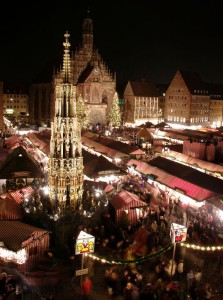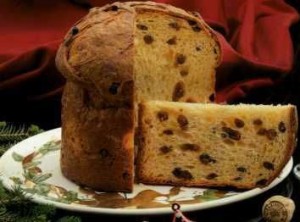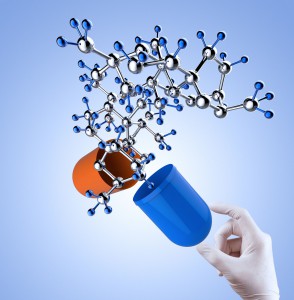Again, Happy Holidays from Promega employees around the world! We hope you enjoyed the first part of this special holiday blog in which several Promega branch employees shared their country’s holiday traditions. In part II we continue with yet more global traditions and cheer.
Germany
Christian Walczuch, Public Relations for Promega GMBH
In preparation for Weihnachten (Christmas), many families celebrate Advent. This is a time of religious preparation for the 24th, Heiligabend (holy evening or Christmas Eve). Traditional advent activities include the Adventskranz (Advent wreath), which is set up on the 4th Sunday before Christmas Day, or the beginning of the season. Four candles adorn the wreath, and a new one is lit each week. Children also enjoy the advent calendar which contains twenty-four doors (one for each day of December leading up to Christmas). Children open one door each day and find a chocolate treat awaiting them. Many of the calendars also include pictures inside the doors, often Christmas-related.
As in Benelux and Switzerland, a significant part of the Christmas build-up occurs on 6 December, or Nikolaustag, a day commemorating Saint Nicholas. On the evening of 5 December children in Germany place a Nikolausstiefel (a boot or a shoe) in front of the street door. Overnight, the Nikolaus, a figure similar in appearance to Santa Claus in the USA, visits the house and fills the boots with sweets and sometimes even smaller presents if the children were good; otherwise they are left with only a rute (a cane composed of birch twigs).
 During the Christmas period, the Weihnachtsmarkt (Christmas market) becomes a feature of almost every city in the German-speaking countries, town or village, where visitors enjoy stalls, entertainment, and savour food and Glühwein (mulled wine). Famous Christmastime treats include Lebkuchen (gingerbread), Stollen (fruit cake), and Marzipan (confectionery often made into sweets).
During the Christmas period, the Weihnachtsmarkt (Christmas market) becomes a feature of almost every city in the German-speaking countries, town or village, where visitors enjoy stalls, entertainment, and savour food and Glühwein (mulled wine). Famous Christmastime treats include Lebkuchen (gingerbread), Stollen (fruit cake), and Marzipan (confectionery often made into sweets).
The most important day of the season is the 24th where the celebration begins in the afternoon or evening and gifts are exchanged after dinner. One of the most common traditions is for the children to wait to enter into their (locked) living room until a little bell rings. This bell marks the departure of the one delivering gifts, and then the children are free to open them.
Continue reading “Worldwide Holiday Celebrations as Told by Promega Employees: Part II”


